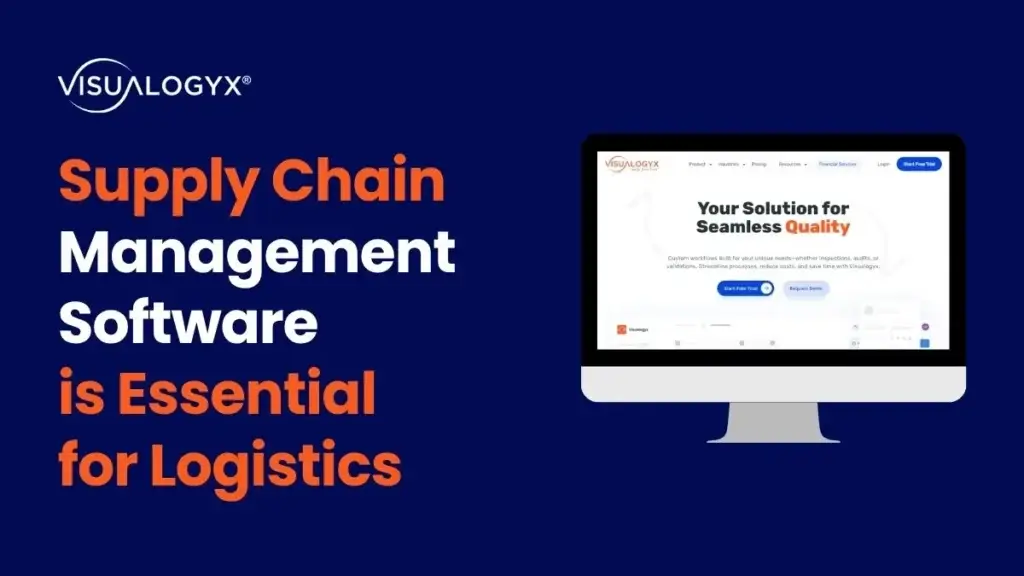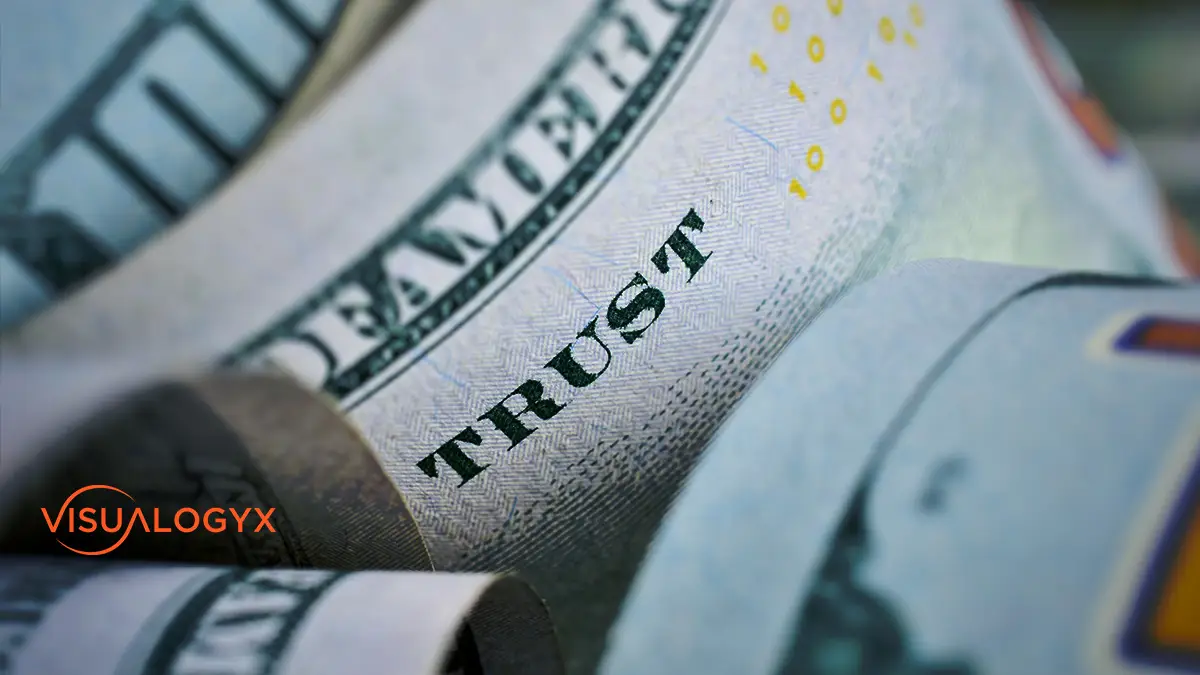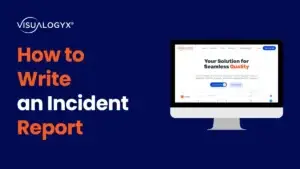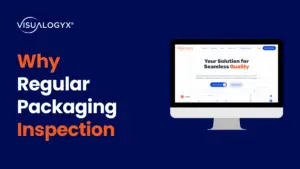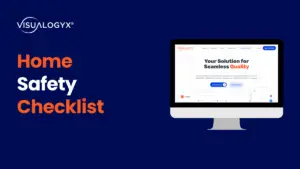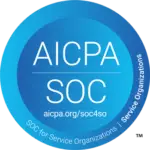Introduction
In response to the Coronavirus crisis, which threatened to devastate millions of American businesses, the United States federal government made billions of dollars in help available through the Paycheck Protection Program (PPP). According to a research paper cited by The New York Times, approximately 1.8 million of the program’s 11.8 million loans– or more than 15 percent– showed at least one indication of potential fraud. No entity, whether a governmental organization or a private institution, is immune to the inherent challenges of credit risk. All FinTech lenders, regardless of their scale or market reach, remain susceptible to potential financial losses stemming from this risk.
Financial lending businesses thrive on trust. Trust assures lenders and borrowers that their interests are protected and that the agreements they enter will be honored. However, ensuring trust in financial lending is a complex endeavor, one that requires vigilant verifications and mechanisms to mitigate risk. This is where inspections of the borrower’s party, in the form of comprehensive audits and due diligence, emerge as tools to control risk and verify trust.
Inspections: The Safeguarding Pillars of Verifying Trust in Lending
Inspections, encompassing audits as well as due diligence processes on both the borrower and the loan collateral, serve as foundational elements in the lending ecosystem. These mechanisms act as critical safeguards to uphold trust between the lender and the borrower. Here’s how they significantly contribute:
- Risk Mitigation
Conducting rigorous inspections allows lenders to assess the borrower’s creditworthiness and the value of the loan collateral. This mitigates the credit risk and ensures that the lender has a clear understanding of potential vulnerabilities.
- Early Warning System
Regular inspections can serve as an early warning system, identifying issues like deteriorating financial health of the borrower. Early identification allows for timely interventions, potentially saving lenders from severe financial consequences.
- Data-Driven Decision Making
The data gathered during inspections empower lenders with insights to make informed, data-driven decisions. This not only increases the efficiency of the lending process but also improves the quality of the loan portfolio.
- Compliance Assurance
Inspections help ensure that both parties comply with the contractual obligations and regulatory requirements. This goes a long way in maintaining the lender’s reputation and avoiding legal repercussions.
In summary, inspections are not just a procedural formality; they are an integral part of a robust lending operation that aims to protect interests, uphold legal compliance, and most importantly, build and verify trust.
The Critical Role of Inspecting Loan Collateral: Pitfalls, Risks, and Solutions
Inspection of a loan’s collateral is a crucial step to secure the lending process, but it’s one that’s fraught with pitfalls and risks. The most common issues include:
- Fraudulent Documentation: Inspections that are not rigorous can miss signs of tampering or fraudulent documentation related to the collateral, putting the lender at significant risk.
- Physical Deterioration: If the collateral is not inspected for its physical condition and quality, unexpected deterioration can erode its value, leaving the lender under-secured.
- Inaccurate Valuation: A poor inspection could lead to an over- or under-valuation of the collateral, affecting the loan-to-value ratio and thereby increasing credit risk.
- Regulatory Issues: Incomplete inspections might not uncover zoning issues, pending legal disputes, or other regulatory matters that could complicate foreclosure processes.
How a Good Field Inspection Platform Can Help
A robust field inspection platform can be the game-changer for lenders, enhancing the quality and reliability of the collateral inspection process. Here’s what it can do:
- Real-Time Data Capture: Modern inspection platforms enable real-time data collection, offering immediate insights into the collateral’s condition and value, thus reducing turnaround time.
- Data Validation: Advanced algorithms can cross-reference the collected data against market values and trends to ensure that the valuation is accurate and consistent.
- Document Verification: Incorporating AI and machine learning tools, the platform can flag inconsistencies or irregularities in the documentation, significantly reducing the risk of fraud.
- Geo-Tagging and Timestamps: With geo-tagging and timestamp features, the platform guarantees that the inspection was conducted at the right place and time, adding another layer of data integrity.
- Compliance Checks: Automated checklists and templates can ensure that all regulatory and legal parameters are inspected, making the process compliant with local laws and regulations.
- Unplanned Inspections: One of the standout features of a digital inspection platform is the ability to carry out ad-hoc, unplanned collateral inspections. With just a few clicks, you can dispatch an inspector or trigger an inspection process, adding an extra layer of surprise to the verification. This can be a game-changer in terms of trust and authenticity.
By leveraging technology, a high-quality field inspection platform acts as a safety net that aims to confirm that the collateral securing a loan is as represented. While it can’t eliminate all risks, it does help to mitigate them, aiming to offer better protection for both parties and fostering trust in the lending process.
How Visualogyx Elevates Your Collateral Inspection Process
Visualogyx, an advanced inspection management platform, brings a new level of sophistication to collateral inspections. Here’s how it enhances the process from end to end:
- Tailored Checklists and Templates: Digital and Cloud-Based
Visualogyx’s digital and cloud-based platform allows for creating custom checklists and templates designed for collateral inspections. This not only adds a level of granularity and flexibility to the process but also significantly boosts productivity. Gone are the days of manual paperwork and storage issues. A bank of digital templates can instantly be accessed, modified, and deployed from anywhere, anytime, thanks to the cloud.
- Seamless Dispatch and Assignment of Inspections
The platform streamlines the inspection process by allowing financial institutions to directly dispatch and assign field inspections to either the borrower or the dedicated audit team in a planned or unplanned manner. This element of surprise enhances integrity and trust in the audit process.
- Powerful Mobile App for Data Collection
Visualogyx’s mobile app goes beyond mere text input. Inspectors can capture a wide range of multimedia data—photos, videos, audio, QR codes and even signatures—that are instantly uploaded to the cloud. Data syncing technology ensures that data can be collected offline and synced later.
- Beyond Basic Data: The KYPiT Add-On
For enterprise customers looking for additional verification, our KYPiT feature is an ideal add-on. KYPiT validates metadata associated with each inspection—such as timestamps, geo-location, user information, internet IPs, and domain information—to bolster the credibility of the what, where, and who in each inspection process. This feature is invaluable for financial institutions aiming to improve their risk management strategies.
In essence, Visualogyx is a comprehensive solution that fills in the gaps in the collateral inspection process, offering a new standard in due diligence and risk management. With Visualogyx, you don’t just collect data; you validate it, making lending operations more efficient, and trustworthy.
Conclusion
In the financial services sector, Visualogyx upholds its motto, “Verify, then Trust.” The platform delivers an innovative solution for lending institutions to refine their credit risk inspection processes. By championing transparency, encouraging integrity, and battling fraud, Visualogyx creates a favorable environment for borrowers, investors, and the broader trust in the financial ecosystem.
